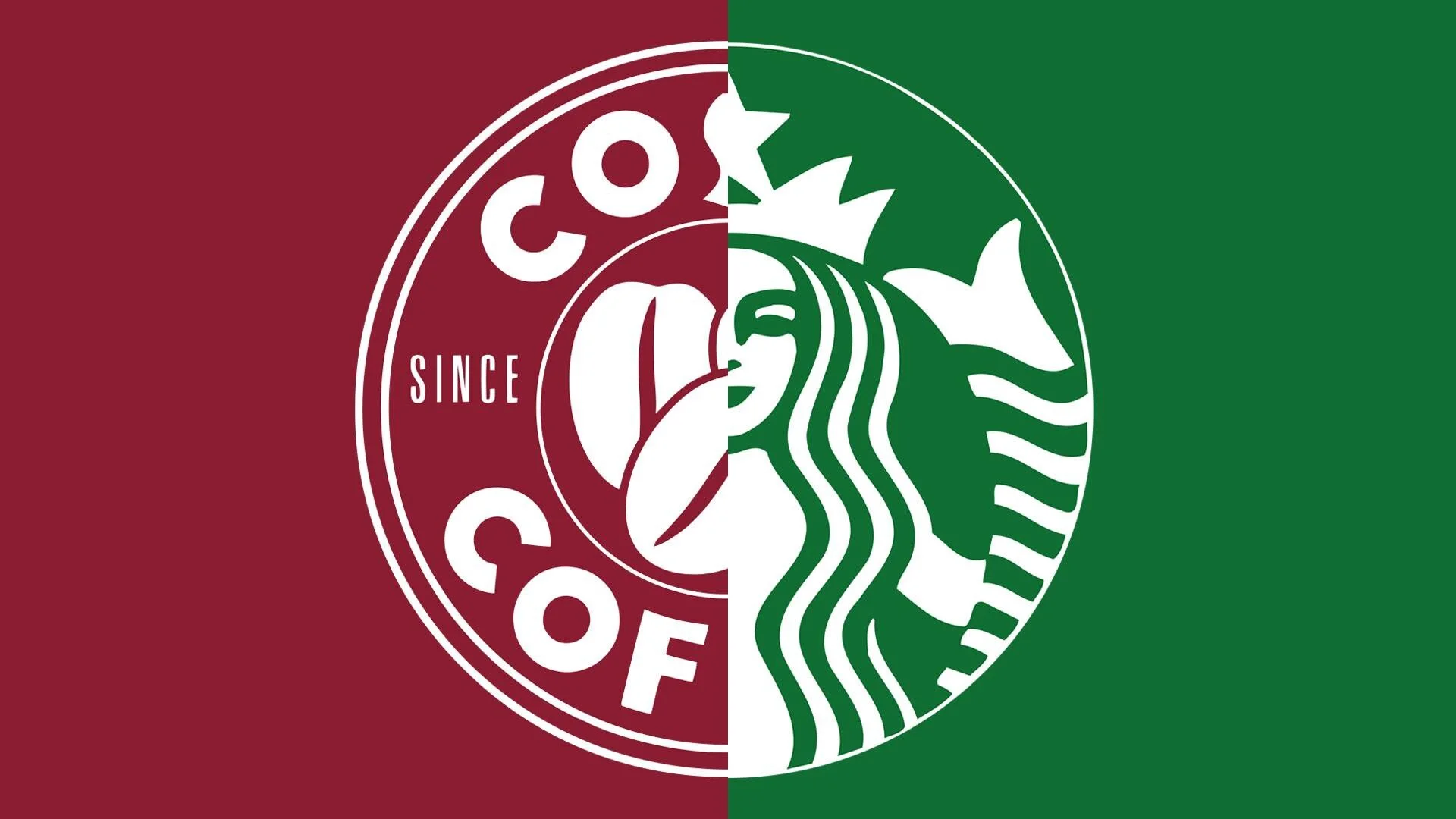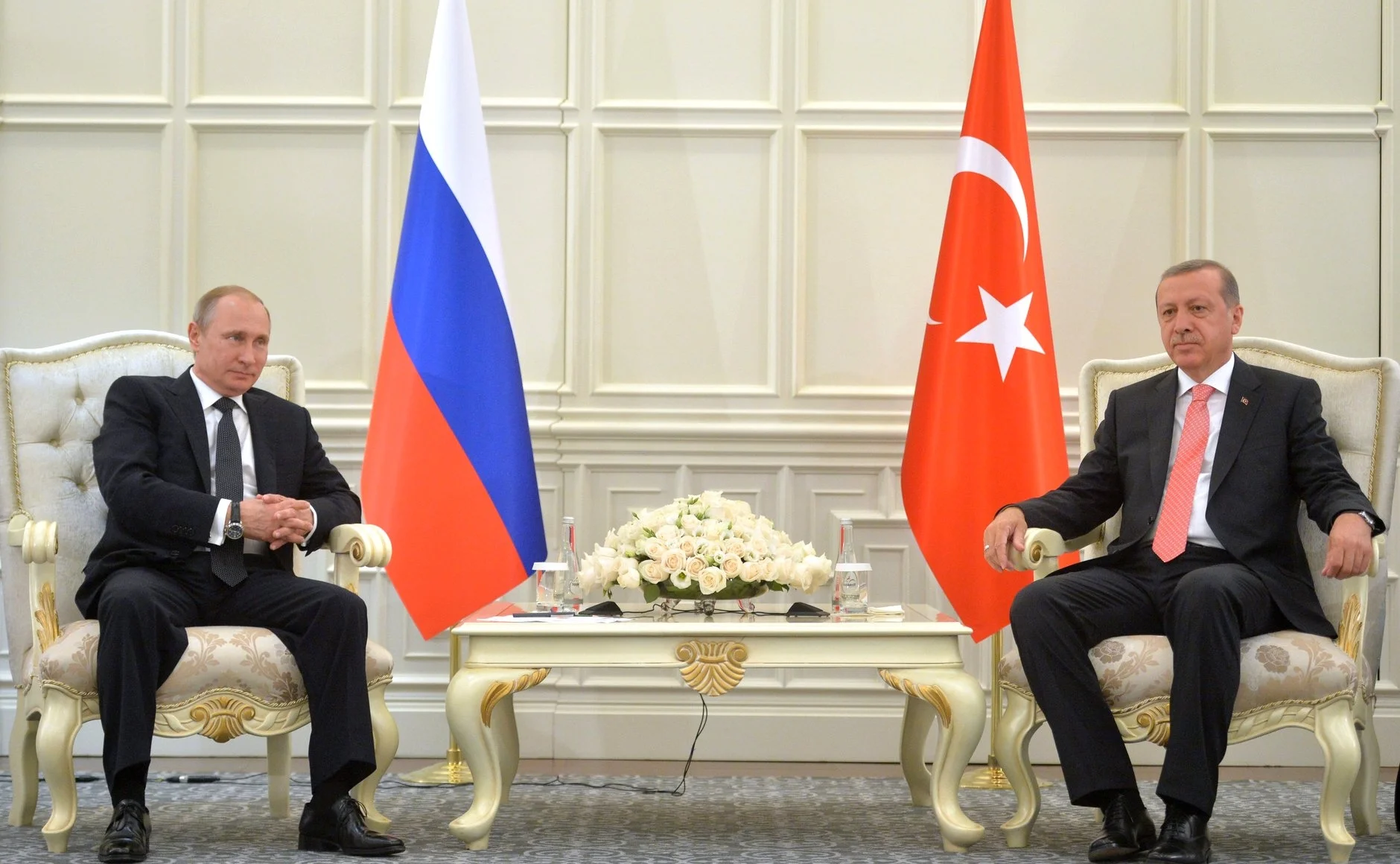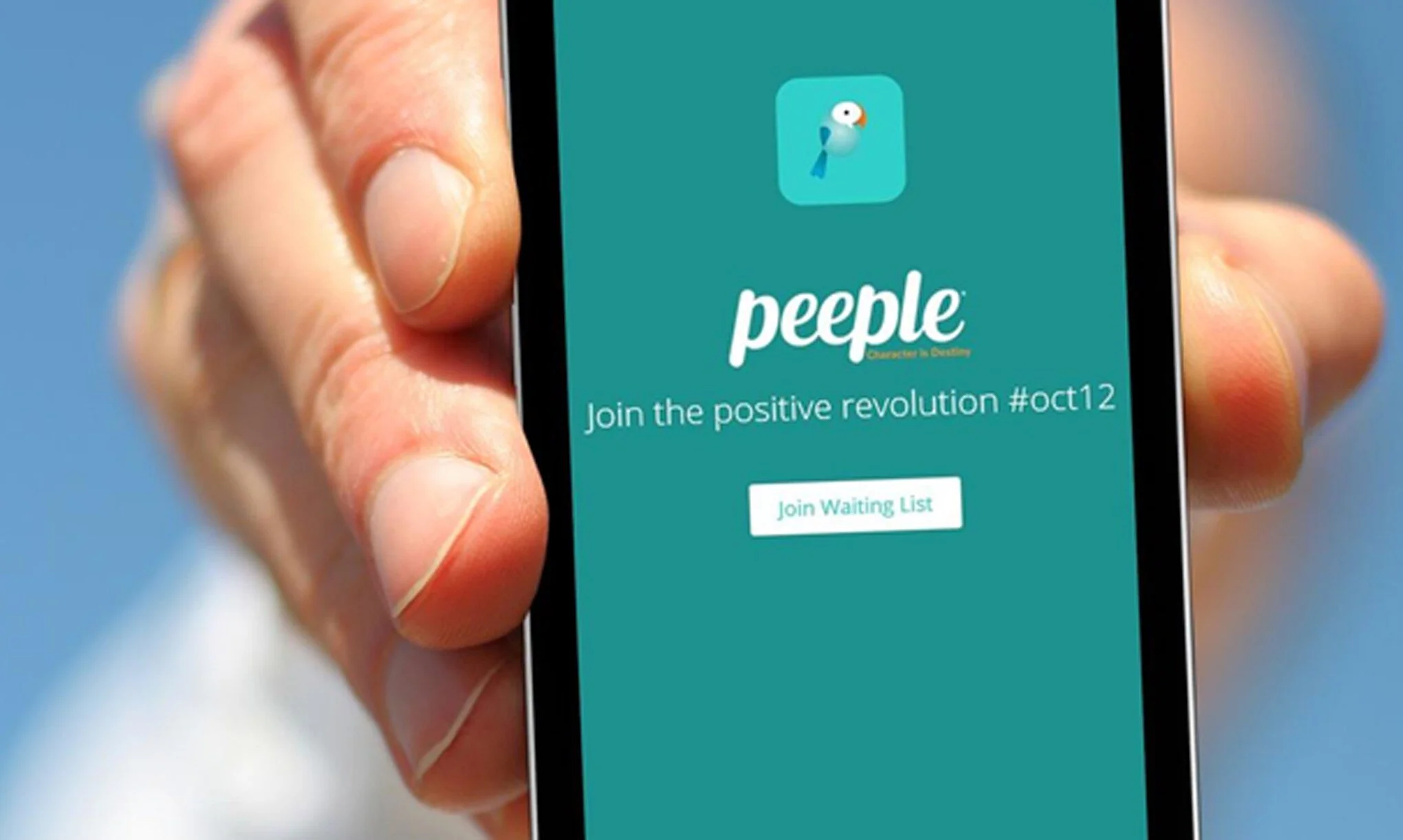The Curious Case of the Missing Milk in Starbucks China
If you’re a foreign entrepreneur in China, Starbucks is an absolute necessity. Coffee culture is not well-developed in China as a nation, and it is hard to find a ‘decent’ cup of coffee, even in international cities such as my home, Shanghai. For people like us, the big chains are one of the few places that we can go where we can be sure, at least for the most part, that the quality will be consistent (up to a point).
But a strange thing happened recently — the milk disappeared. Yes, those silver jugs that Starbucks places at the end of the coffee bar or on a separate counter have vanished into thin air (fat air, in the case of Chinese milk). The sugar, saccarin, napkins, stirrers, and everything else are still there, but the milk is nowhere to be found. Why would it have been taken away? Your entrepreneurial detective was on the case…
The always friendly Starbucks baristas (not pictured: me)
What the barista said…
The first couple of times I couldn’t find the milk, I assumed it was a case of them having run out, or a fellow customer having taken the jug to their table and not brought it back — both regular occurrences. I asked the barista for some milk, and I got some. Although I did notice an increased degree of hostility — the baristas had begun to insist that they should put the milk into my handcrafted four-shot Americano themselves, instead of just handing it to me. I sternly insisted on adding my own milk, and got past the challenge, but why were things so weird?
“‘The baristas had begun to insist that they should put the milk into my handcrafted four-shot Americano themselves…’”
As luck would have it, I am a frequent patron of the three Starbucks within walking distance of my office, and so putting the squeeze on a staff member to give up the info was a breeze. A long-time server of mine informed me that they had received orders from China HQ to stop putting milk out, starting March 1st. The Starbucks Corporation had finally decided to take action on a common problem in China — people pouring out a cup of milk and drinking it. Yes, you read that correctly.
The barista told me that in addition to customers frequently topping up their drinks with more and more milk (three drinks for the prices of one), oftentimes non-customers would come in and fill up their non-Starbucks branded flasks with milk, and head off into the city with a free calcium boost courtesy of the company coffers. This simply had to end, the staff were told, and orders were put out. The same story was corroborated by baristas in other chains.
For public use…[barfs]
An odd problem…
So is this only a problem in China? Well, I’m sure that many of you have sneaked half a cup of milk from a coffee shop on occasion, so no: this is a global issue. But it does seem to be more of a problem in China. People who have been in this country for a while will no doubt have noticed that the concepts of ‘public goods’ and ‘public spaces’ are very different here. For example, whereas Western nations tend to think of public areas such as sidewalks as places that have to be used by many folks in addition to oneself, Chinese people seem to consider public spaces more as ‘extensions’ of their private space. In short, they care a lot less about the fact that other people have to use the space also. A walk down a typical Chinese urban street, littered in trash and cigarette butts, half-eaten food, and with pools of saliva every 10 meters, should illustrate the very different thinking.
It may very well be that this attitude applies to things like milk in a coffee shop, placed in a public area, and seemingly available for anyone to use. Thus, while you may have felt awful about sneaking that cup of half-and-half from your local Starbucks, watching nervously at the counter while the milk filled up your obviously empty cup, it is unlikely that Chinese people feel the same way.
A poor business move?
Having established that ‘missing milk’ is a reality, we must turn our minds to whether or not a solution was even necessary. Couldn’t Starbucks have just accepted the fact quietly, just like those people who stand outside the doors using the free Wi-Fi without coming inside to buy anything?
A colleague of mine, well-versed in economics, informed me that milk prices are incredibly elastic — in laymen’s terms, increases in price vastly affect the ability of large milk-using corporations to purchase the supplies that they need. You’ll find an insanely complicated assessment of the phenomena here.
But given how unpleasant the Starbucks experience has become for people like myself (having to wait for a barista to become available, arguing with them over who should add the milk to the drink, being stared at by a watchful staff member while I add milk and taste), is it worth it? If customers like myself stop going (I spend around $300 per month in Starbucks, and I drink the cheap stuff), will it have really saved them money overall? Basically, if the legions of Americano-drinkers decide to head to Costa to get their fix, won’t it have cost Starbucks more than the value of the milk that they lose to immoral calcium-snatchers?
“‘I spend around $300 per month in Starbucks, and I drink the cheap stuff’”
The problem here is that these legions do not exist. While foreign visitors such as myself almost exclusively drink Americanos and Coffees of the Day, young Chinese tend towards the already milk-heavy drinks, such as Lattes, Macchiatos, and Frappuccinos. To put it frankly, a barista will only have to handle a ‘milk issue’ a handful of times daily, not really affecting his or her ability to do their job, and well within the margin of risk considering current milk costs in China.
I guess I’ll just ask the barista every time then…
The local branch actually puts the milk out for me automatically now — a nice touch
This post was imported from my Medium, which I used for blogging between 2015 and 2019.
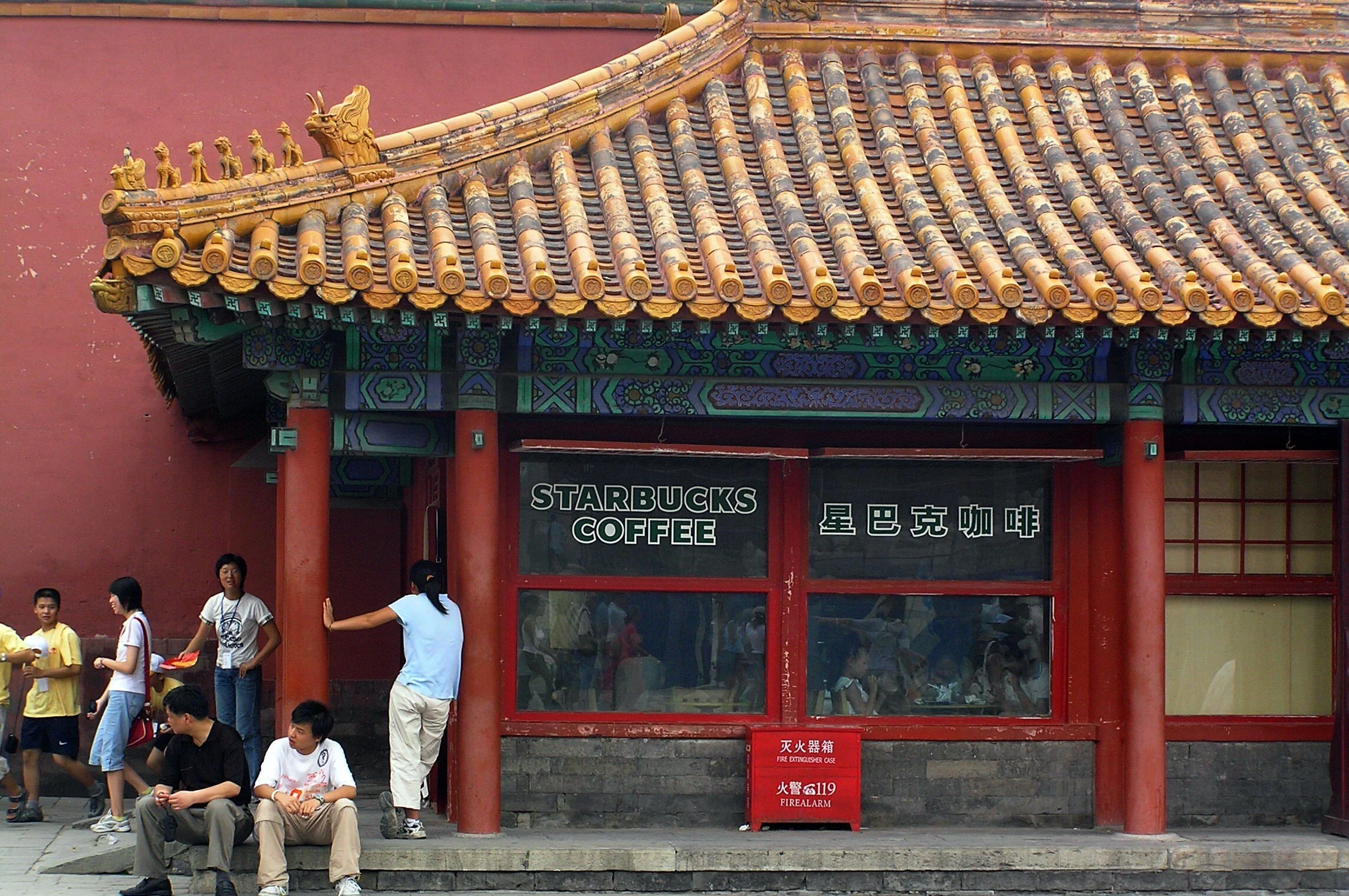
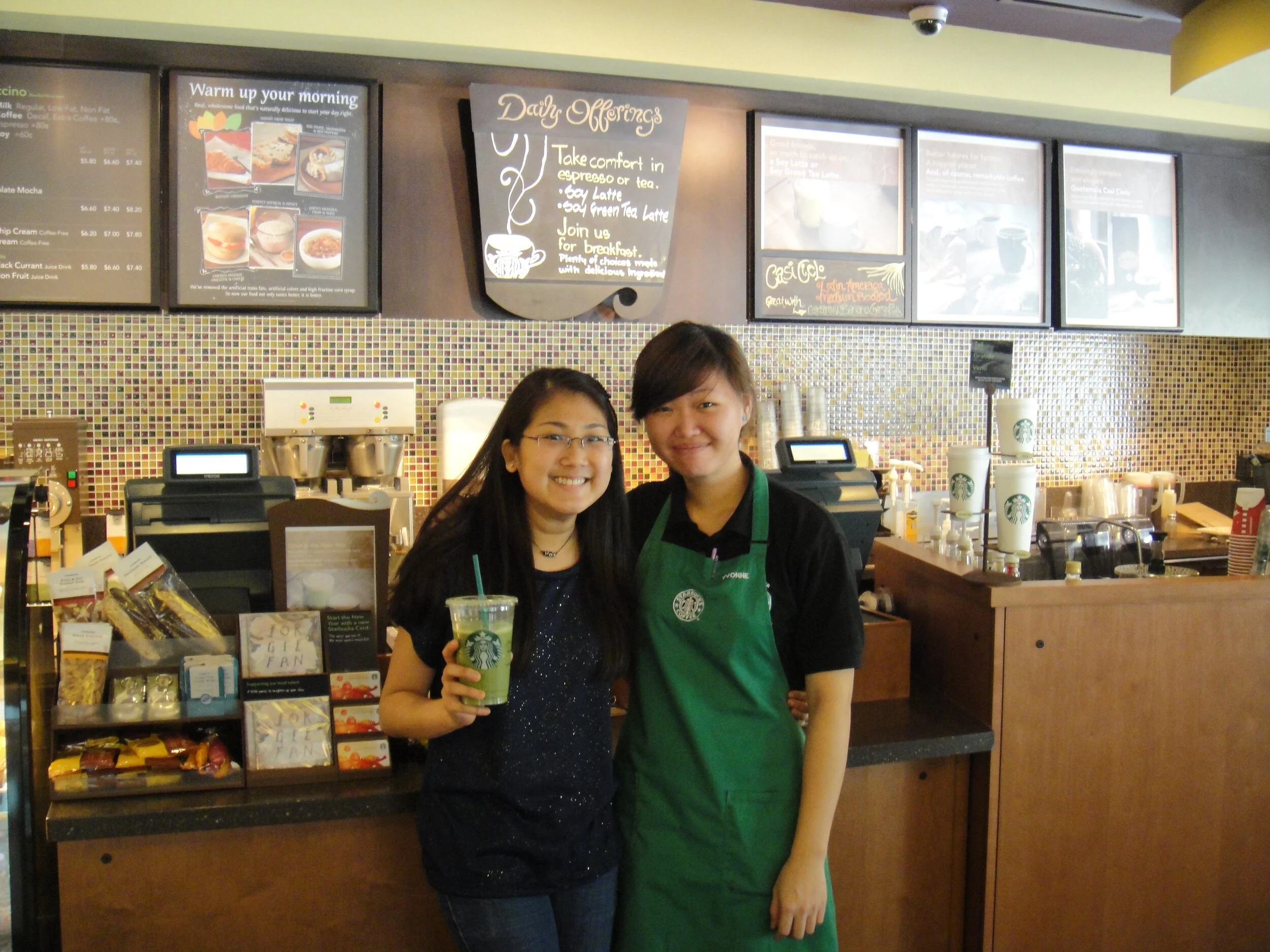
![For public use…[barfs]](https://images.squarespace-cdn.com/content/v1/57f36b833e00befa2e92e2e3/1584957590209-4BDCTEZDKLPD5FKFA4DR/medium-curiouscase3.jpeg)
